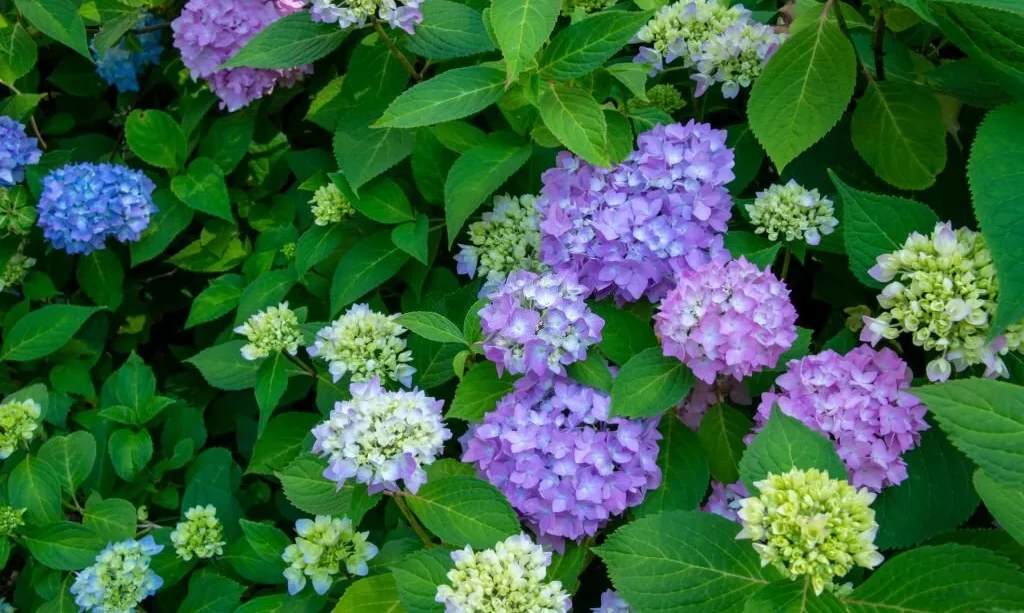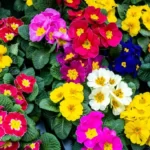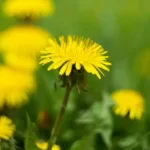In the realm of gardening, few sights are as captivating as a lush hydrangea bush in full bloom. With its exquisite and bountiful blossoms, the hydrangea has long been cherished by garden enthusiasts for its ability to transform outdoor spaces into vibrant displays of color and elegance. Yet, as gardeners tend to these beloved shrubs, a common concern often arises: Do rabbits have a penchant for hydrangeas? This article embarks on an exploration of the intriguing connection between rabbits and hydrangeas. We delve into the dietary habits of these furry herbivores, the appeal of hydrangeas to them, and the implications for gardeners striving to safeguard their beautiful gardens. As we journey through the world of nature and cultivation, we aim to shed light on the captivating interplay between these enchanting blooms and the gentle foragers that share our landscapes.
- Hardiness zone 4-9
- Sun to partial shade
- Mature size Height 3-4′ Width 4-5′
- 1 gallon
The Dietary Habits of Rabbits
To comprehend the relationship between rabbits and hydrangeas, it is essential to first understand the fundamental dietary preferences of these charming herbivores. Rabbits, those small mammals known for their delicate appearance and remarkable adaptability, are true herbivores. Their primary diet consists of plant materials, which encompass a wide spectrum of vegetation found in their natural habitats. These skilled foragers are particularly drawn to grasses, herbs, shrubs, and young trees.
Throughout the seasons, rabbits adapt their diets to the changing landscape, mirroring the availability of plant species. In spring and summer, when tender growth is abundant, rabbits graze on a medley of greens. In fall and winter, the allure of woody shrubs and other plant matter, including hydrangeas, becomes more pronounced. The consequence is a harmonious adaptation that helps rabbits meet their nutritional needs and ensures their survival in various environments.
The Appeal of Hydrangeas to Rabbits
Hydrangeas, celebrated for their enchanting blossoms, hold a unique charm not only for gardeners but also for the wildlife that shares their surroundings. The allure of hydrangeas to rabbits can be attributed to several factors. Hydrangeas boast tender and succulent foliage, which rabbits find particularly delectable. The tender, vibrant leaves and petals are rich in moisture and nutrients, making hydrangeas a potentially appealing choice for these herbivores.
The appeal of hydrangeas to rabbits is not limited to their tender foliage alone. It extends to different seasons and stages of growth. Young and vulnerable hydrangea shoots may be especially attractive to rabbits, posing a challenge for gardeners who seek to protect these blossoms. Furthermore, the accessibility of hydrangeas within the garden can influence the extent to which rabbits forage on these plants. In the following sections, we’ll explore the dynamics of rabbit consumption of hydrangeas and share strategies for gardeners seeking to safeguard their beloved blooms.
- FOR ADULT RABBITS: Specially formulated, enriched diet for adult rabbits.
- BALANCED VARIETY: Includes a large variety of vegetables and grasses, including timothy hay and alfalfa meal, in every bowl.
- SPECIALLY FORMULATED: Provides important fiber, vitamins and minerals needed for a strong, healthy body.
- DAILY NUTRITION: Feed daily according to size — see directions for amounts and details.
- RESEALABLE: Freshness seal for easy storage.
Do Rabbits Eat Hydrangeas?
The central question at the heart of this exploration revolves around whether rabbits truly dine on hydrangea plants. The answer to this question, supported by observations and evidence, is a definitive “yes”. Rabbits are known to relish the delectable leaves, blossoms, and stems of hydrangeas, particularly when these plants are easily accessible. Their consumption of hydrangea plants, while a testament to the allure of these flowers, can pose a considerable challenge for gardeners who take pride in nurturing these magnificent blooms.
Rabbits are meticulous foragers and, given the opportunity, they can quickly reduce hydrangea plants to mere stems, leaving gardeners with a disheartening scene of decimated shrubs. The extent of damage can vary, but it’s clear that rabbits have a genuine fondness for hydrangeas. Understanding this tendency is the first step in addressing the challenges they pose to your garden’s floral display.
Strategies for Protecting Your Hydrangea Garden
For gardeners who cherish their hydrangeas and wish to protect them from the appetites of rabbits, a range of practical strategies can be employed:
- Fencing: Installing a rabbit-proof fence around your garden can be one of the most effective methods of safeguarding your hydrangea plants. This fence should be buried partially underground to prevent rabbits from digging beneath it, and it should also be tall enough to deter them from leaping over.
- Repellents: The use of rabbit repellents can help deter these herbivores from feasting on your hydrangeas. These repellents can be applied to the plants or placed around the garden to create a barrier that discourages rabbits.
- Plant Selection: Choosing hydrangea varieties that are less appealing to rabbits can be an effective approach. Some hydrangea species are less vulnerable to rabbit consumption due to their taste or toxicity.
- Natural Barriers: Creating natural barriers in your garden, such as thorny or spiky plants, can deter rabbits from approaching your hydrangeas. Placing these deterrents strategically can be an excellent preventive measure.
- Gets progressively smaller towards the bottom
- Offers a 4, 2, 1 ration of 4 inches on top then leading down to 1 inch
- Upper horizontal wire Spacing allows hands to pass through
- Great temporary barrier around trees, bushes, and flowers
- Vinyl coated Option available
Conclusion
In conclusion, the enchanting world of hydrangeas and the gentle foragers known as rabbits offer a unique opportunity to understand the dynamics of nature and cultivation. While it’s true that rabbits do enjoy indulging in the tender foliage and blossoms of hydrangea plants, gardeners have a range of strategies at their disposal to protect their cherished blooms.
By implementing protective measures such as fencing, repellents, and plant selection, gardeners can continue to celebrate the exquisite beauty of their hydrangeas. This coexistence between humans and wildlife demonstrates the delicate balance that can be achieved through thoughtful garden management, allowing both gardeners and rabbits to enjoy the beauty of these beloved blooms.






